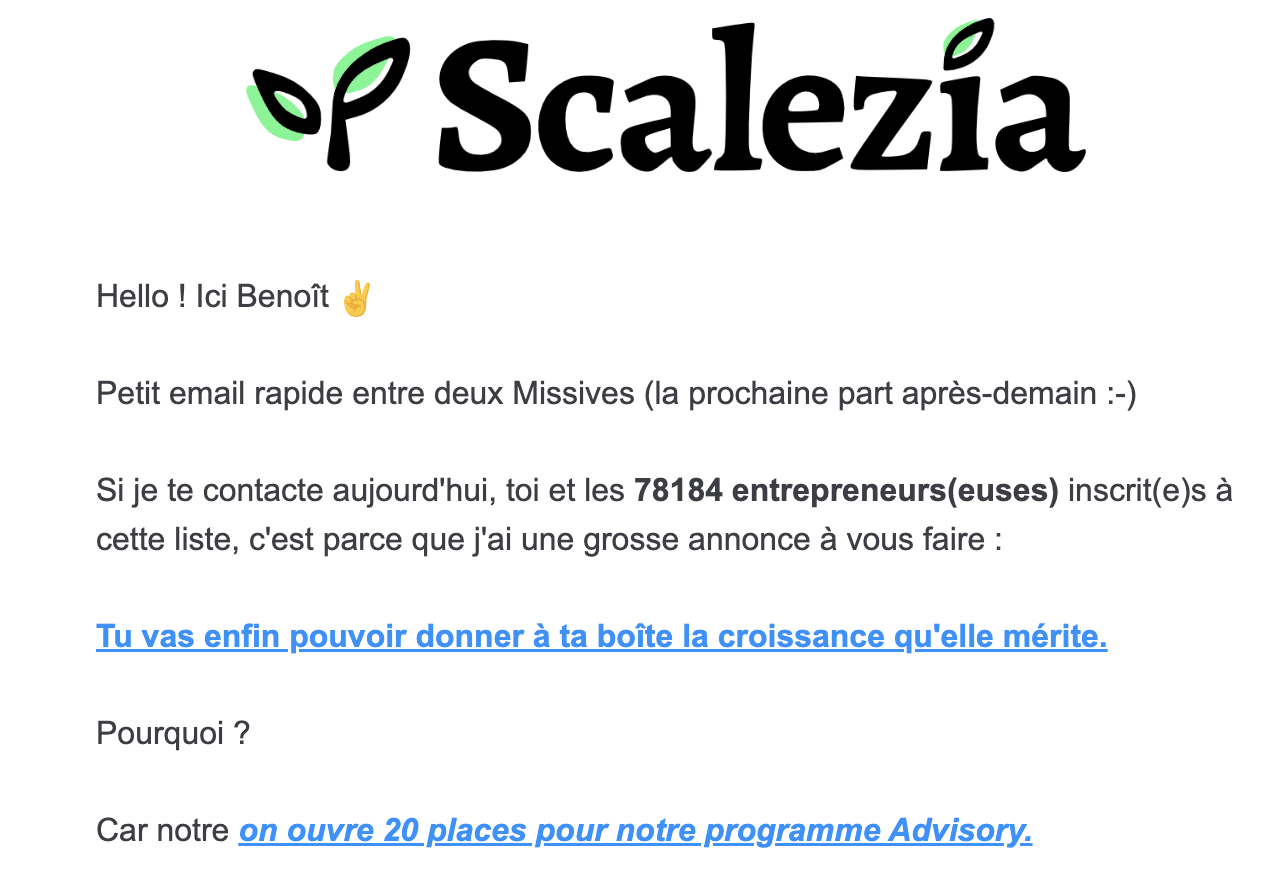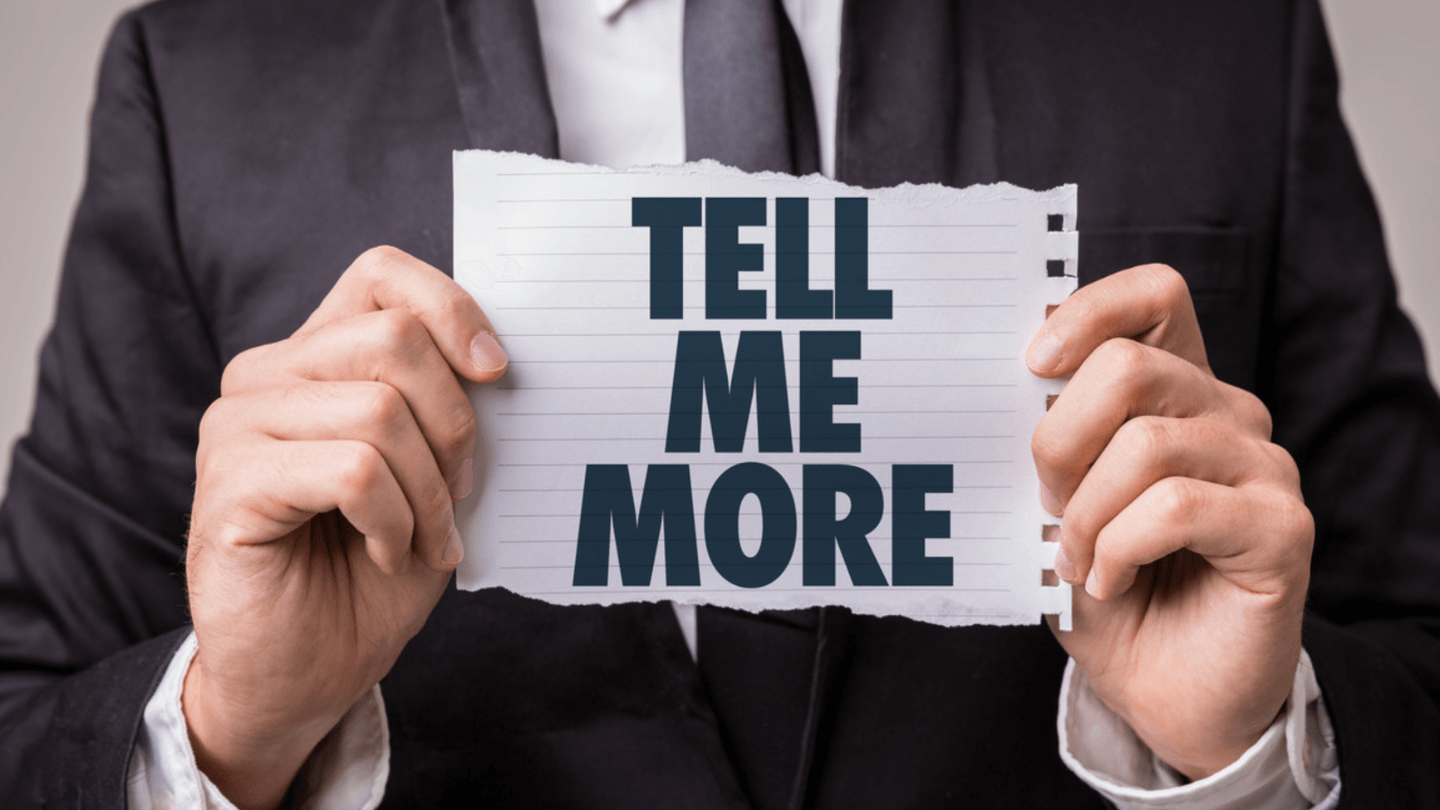The SONCAS method is a sales technique based on behavioral analysis, which enables us to identify a prospect’s or customer’s buying motivations, so we can better adapt our communication and sales pitch to convince them to buy. This method is based on six behavioral factors (Security, Pride, Novelty, Comfort, Money, Sympathy) which are at the root of every customer’s motivation to buy.
It’s first and foremost a method of discovery, designed to help you understand the type of person you’re dealing with, and which arguments will be most effective in turning your prospects into customers.
In this article, we tell you everything you need to know about the SONCAS method!
Sommaire
What are the 3 persuasion methods you can use in B2B?
Ethos, Pathos, Logos are the three modes of persuasion used to convince others of your position, argument or vision. Ethos (character) appeals to moral principles, logos (reason) appeals to logic and pathos (experience, sadness) appeals to emotion.
Ethos is a question of trust. It means, for example, believing what a recognized scientist in his field says, or thinking that what he says is worth reading. This is sometimes called the argument from authority. White coats in shampoo ads.
Logos consists in presenting a logical argument, backed up by arguments or figures, for example. For political figures, for example, this means putting forward statistics to justify the importance of working for this or that policy. It’s the “95% of those who have tried it are satisfied”. In B2B, it’s a little more complicated, but the idea is the same.
Pathos seeks to elicit an emotional response and appeals to pity, anger or fear. Anecdotes are a common example of pathos.
A fourth mode of persuasion involves kairos (timing). It reflects the importance of setting and time, and keeps things interesting.
Understanding your prospect’s motivations with the SONCAS method
The SONCAS method is based on the analysis of your prospects’ behavior. It enables you to identify your prospects’ needs and buying motivations, so you can adapt to them and trigger a purchase more easily.
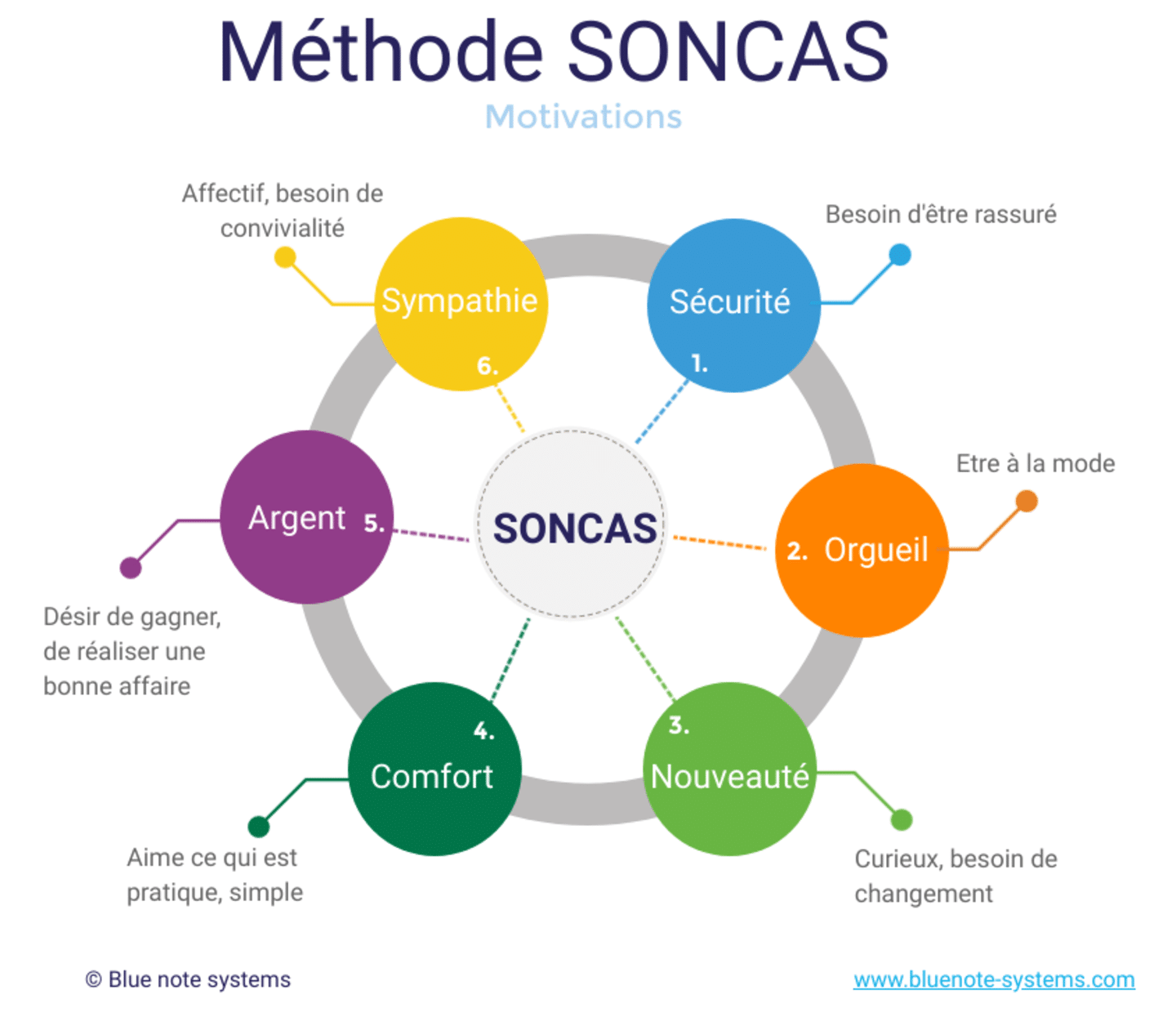
Something to keep in mind
This method is only useful in a specific context. If you’re at the latest car show, even a very cautious, safety-oriented person is likely to be an early adopter, and will value novelty more. And if you’re selling an insurance product, those who contact you will a priori be looking for security (if they’re the ones contacting you).
The soncas (or soncase) method is used during the customer discovery phase, one of the 7 stages of sales. The method encourages us to first understand the customer’s priority needs, and then their underlying motivations.
How do I use the soncas sales technique?
The first step in customer discovery is to identify the customer’s main psychological profile. To use the soncase method effectively and detect dominant motivations, ask simple questions such as: “What would be the ideal product for you? Why?”, “What concrete benefits will you derive from it?”, “Between two roughly equivalent solutions, what would tip the balance?”, “In your decision-making criteria, what hierarchy would you make?”.
So SONCAS isn’t an academic exercise in reciting all the sales arguments associated with each motivation. It’s more a question of defining your prospect’s major and minor typologies, so you can adapt your sales pitch to better convince your prospect.
In this section, for each example, we pretend to sell an RGPD audit to different people.
Security
Safety is one of the main psychological drivers behind purchasing. And a customer who fears negative consequences tends to buy more systematically! Determining the customer’s psychological profile in “security” mode therefore helps to reassure them and to develop a careful soncas.
- Example of behavior: A customer worries that he’s not up to standard.
- Sample response: “Fines can run into the hundreds of euros if you don’t comply. We have the solutions to bring your company up to standard. Here’s our step-by-step approach.”
Pride
Pride is another important decision-making lever. Pride can range from self-aggrandizement to notoriety. If you want to improve your results, don’t hesitate to flatter your customers and give them a sense of importance and recognition! This means, for example, setting up pre-sales or limited editions.
When dealing with a proud customer, the rule is to flatter his self-esteem and use the right lexical field in your soncas method to touch him as much as possible.
- Example of behavior: A customer who claims to know the regulations in force and reassures himself that he has never been subjected to any controls.
Several possible answers on your part:
- Play on brand image, for example: “You’re right, but it would be a shame to spoil such a fine brand by simply pointing it out”.
- Play on the value of time: “I imagine you have better things to do than respond to requests to delete data from customers who left years ago?”
- Or on competence: “I’m so glad to hear that! If you know the subject well, we’ll be able to move forward very quickly, and maybe identify a couple of things where you’re at risk. If you want, I can offer you a free audit to see where you stand, and we’ll see how to move forward?”
New
Novelty is an element that can easily convince a potential buyer. It’s all about the feeling you get when you buy a new product. A person who buys the latest product will have the impression of belonging to an early adopter community that’s different from the others.
- Behavioral example: A customer who says he loves novelty, but is weary of things he considers archaic.
- Sample answer: “The only consequence will be to make profiling more expensive, and therefore reserved for big companies, while small contractors will be stuck with old technologies. Clearly, there are technologies for the future that will enable us to stay within the legal framework, without being in the dark. If you’re interested, we can give you a free audit and suggest suitable solutions.”
Comfort
In business terms, customer comfort is closely linked to customer happiness. The comfort-seeking customer expects his needs to be met simply by maintaining his current level of comfort. Or at best, improving it.
To convince this type of customer, the strategy is to highlight the ease of use of your product, the additional comfort it will bring them, or even play on their emotions!
- Example of behavior: A customer who has just been appointed DPO, complains about his workload and doesn’t know where to start.
- Sample response: “Don’t worry we’ll take care of everything, and we’ll be with you every step of the way to prioritize based on your goals and constraints.”
Silver
Many commercial failures are linked to the cost of the product on offer. Imagine a situation where a customer is motivated by profit and/or savings. When developing your soncas method, the aim is to demonstrate that the money you spend will be put to good use, and that it will bring your customer a real gain.
- Example of behavior: A customer who asks for a better offer, a discount or even a refund if they’re not satisfied with the service you’ve provided.
- Example of an answerNormally we charge €2,000 plus VAT for an audit – in reality you charge €1,600 – but if you can sign before the end of the week I think I can get you a 10% discount.” Keep a bit of margin in case you have to go down to 20% off (and back to €1,600, the base price). In short, pretend to let go, and also pretend not to let go too much.”
Sympathy
Customers are above all interested in the human aspect and the relationship they have with their potential salesperson. So make sure you behave like a friendly, smiling salesperson, looking to make contact with your customer.
It’s a determining factor that can really win sales, against an equivalent product for example. The aim is to find common ground and align yourself with the person you’re talking to, to create a bond!
- Behavioral example: A customer complains about the difficulty of completing a task and asks you if you have the same problem.
- Sample response: “You don’t have to tell me, and I don’t blame you. A terribly time-consuming subject.”
SONCAS VS SONCASE
The SONCASE method is also referred to today with the “E” for environment/ecology, which has become a motivation in its own right in recent years. It’s not for nothing that we talk about “green business”, “sustainable economy” and so on.
Make sure you highlight the “environmental” aspects of your offer if, and only if, it’s an important point for your prospect!
Is your company committed to zero waste? Has it done any work to reduce its carbon footprint or meet ISO environmental standards? Are your products local / Made in France? Now’s the time to make use of it and showcase your green credentials to win over customers with an environmental motivation.
Use the different principles of influence to convert prospects into customers
In his book Influence and Manipulation, Robert Cialdini explains that we all have automatic mechanisms that unconsciously influence our decisions. For example, thinking that a product’s high price is a guarantee of quality. Here we discuss the 6 main principles of influence put forward by R. Cialdini.
#1 Reciprocity
There are many ways to influence someone, but giving them a gift is undoubtedly one of the most effective! Automatically, the person who receives the gift feels indebted to you, which creates a true reciprocal relationship.
If you give of yourself to someone freely and unselfishly, you have the power to make that person come back to you when you have a request, for the sake of reciprocity.
For example, it’s inviting someone to a trade show, expecting him or her to invite you back!
#2 Consistency
According to this principle, people are more inclined to take action if they’ve already done so in the past, regardless of whether or not it’s reasoned. In other words, people tend to look for the familiar.
For the sake of consistency, customers tend to stick to their previous commitments.
For example, if you carry out an audit of your customer’s SEO and make concrete recommendations, they’ll be more likely to ask you to put the recommendations into action.
#3 Social proof
The principle of social proof specifies that individuals tend to join the majority, to have the same opinion as it. If a large proportion of people think something is right, others will tend to think the same.
For a salesperson, social proof means showing that lots of other people are happy with your product or service. And ideally people who look like your prospect! For the buyer, it’s a way of projecting themselves, by identification, into the purchasing experience.
Expert statements are an excellent example of social proof. They are a highly effective way of raising brand awareness and getting new prospects to notice you. An expert endorsement is a strong sign of approval for a potential customer, and reinforces the idea that you’re offering a quality product – and therefore your credibility.
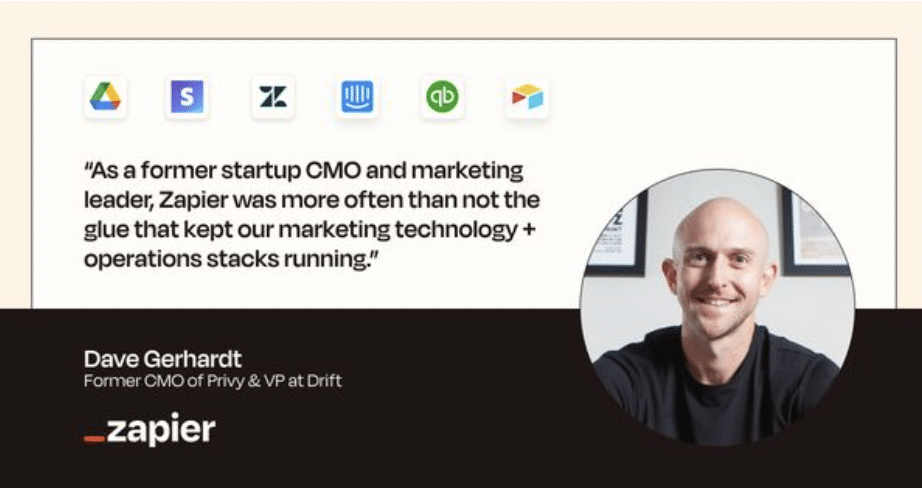
Just seeing your company’s name quoted in an article is a sign of reliability!
#4 Sympathy
In psychology, it’s said that 10 seconds is enough to decide whether or not to sympathize with a third party. You make this choice based on purely subjective criteria, such as the person’s physical appearance, facial expression, posture and so on. Based on these criteria, you unconsciously link the person to values of honesty and success.
Logically, then, we prefer to buy from people who seem friendly to us.
For R. Cialdini, there are several factors that make it easy to attract sympathy, including similarity, through your appearance or interests, compliments, regular contact or cooperation.
So smile, take an interest in others, listen, empathize, and build a relationship!
#5 Authority
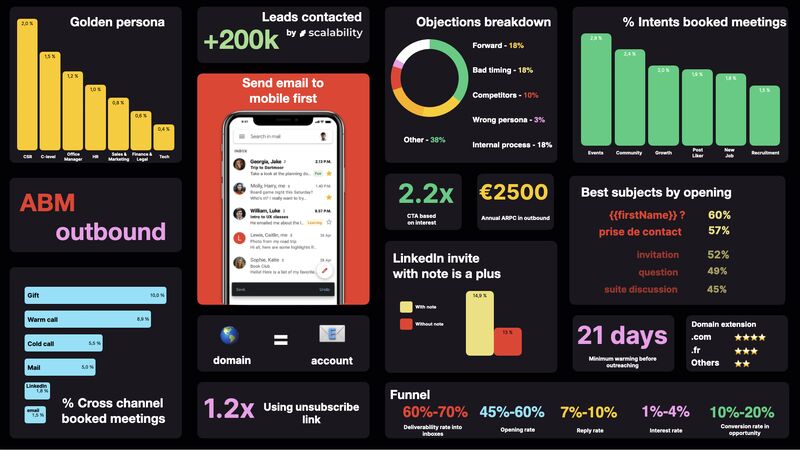
Authority is linked to the idea of expertise: a person who enjoys a certain notoriety or assertive leadership will enjoy greater credibility, and his or her words will tend to be believed without needing to be verified.
The expert is often recognized as such through symbols, such as a title or physical appearance. So don’t hesitate to showcase yourself alongside credible experts on their subject, by taking part in webinars for example.
Stop thinking you’re going to become a reference in your market – that’s not your job, and it only enriches those who sell ghost writing on Linkedin!
You can also show your results and document your method to generate credibility. It’s the “build in public” principle – you show your successes, and that generates authority. Don’t think that Build in public means sharing everything.
#6 La Rareté
The risk of losing one’s freedom of choice triggers an automatic unconscious defense mechanism to maintain one’s ability to choose. We’ll be all the more inclined to buy a product if it’s out of stock, precisely because our freedom of choice is constrained.
So don’t hesitate to label your product or service as exclusive and accessible to only a handful of people. This will arouse your interlocutor’s curiosity all the more! This means, for example, selling a limited number of tickets for an event.
This is typically what Scalezia does in the sample e-mail below. The problem in their case is that they do it every week, so you end up realizing that it’s not that rare. But the idea is there.
